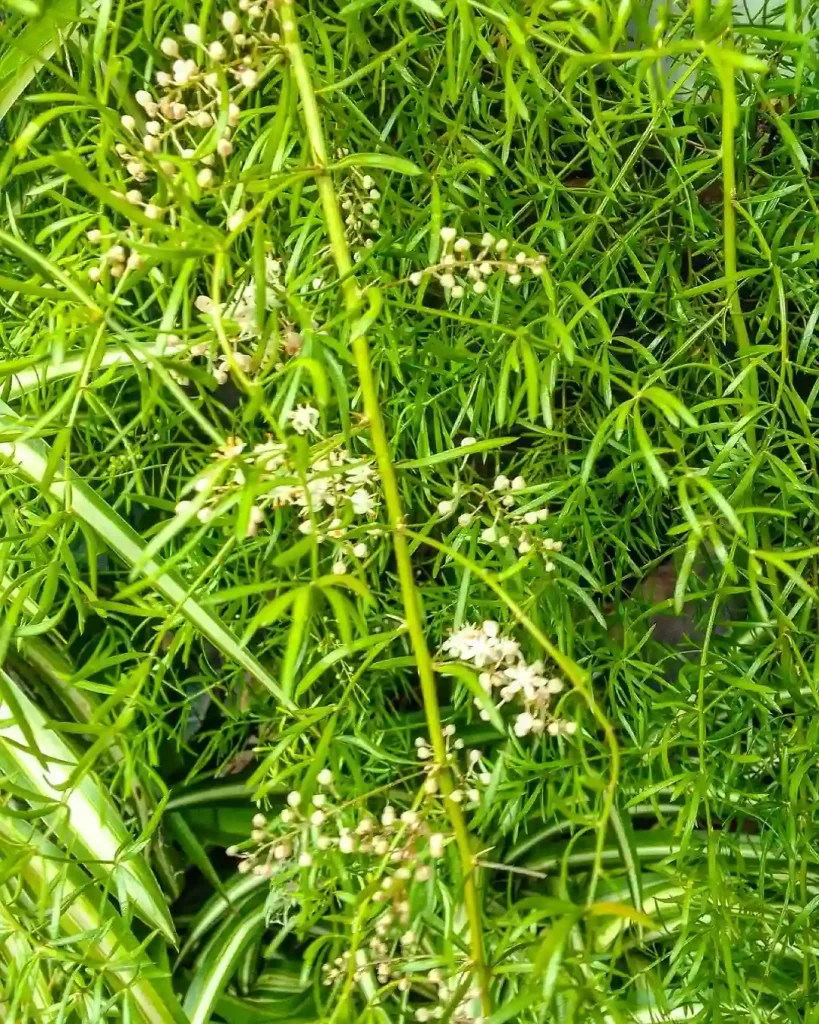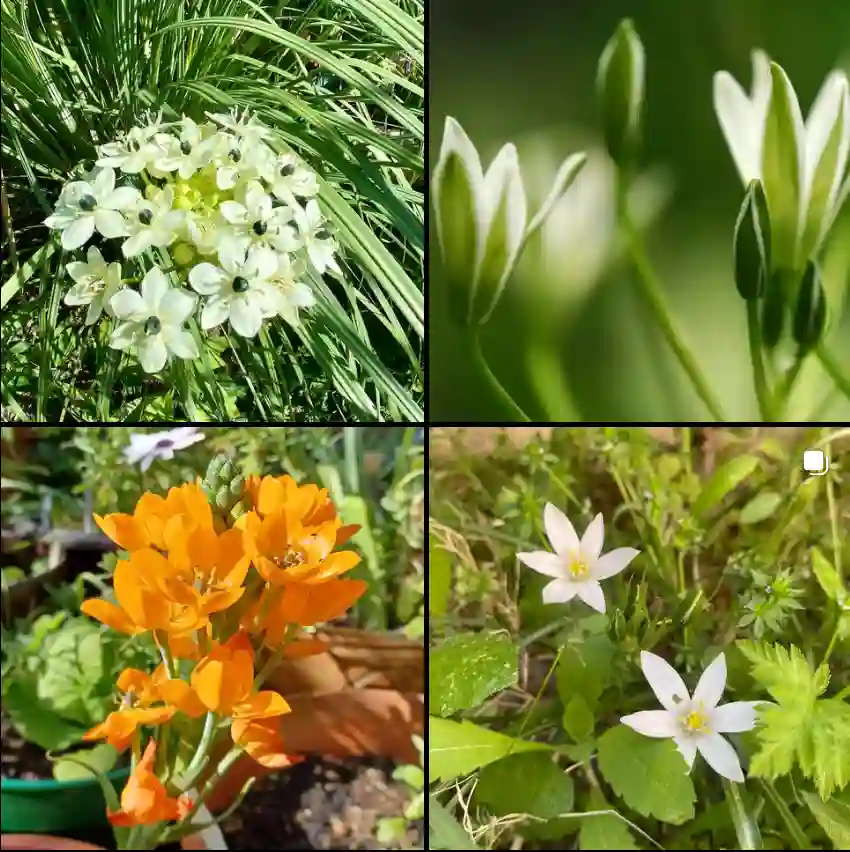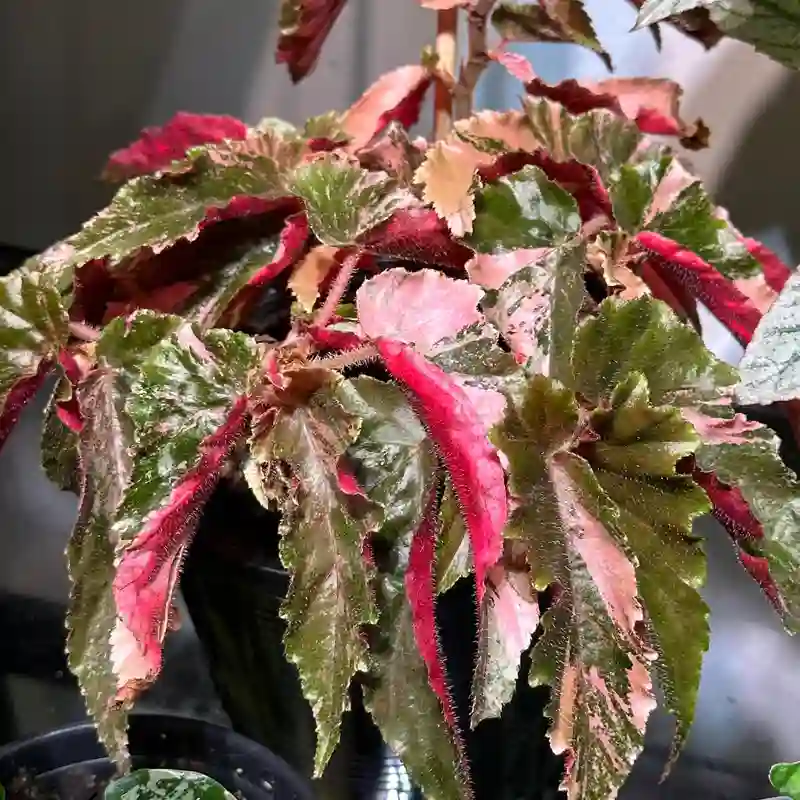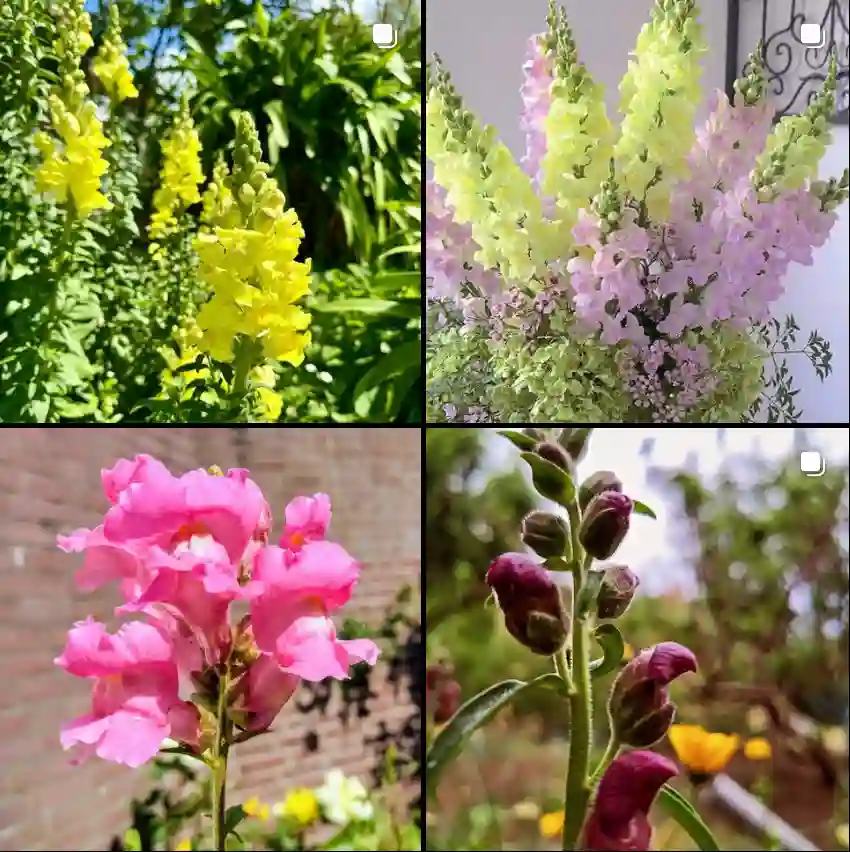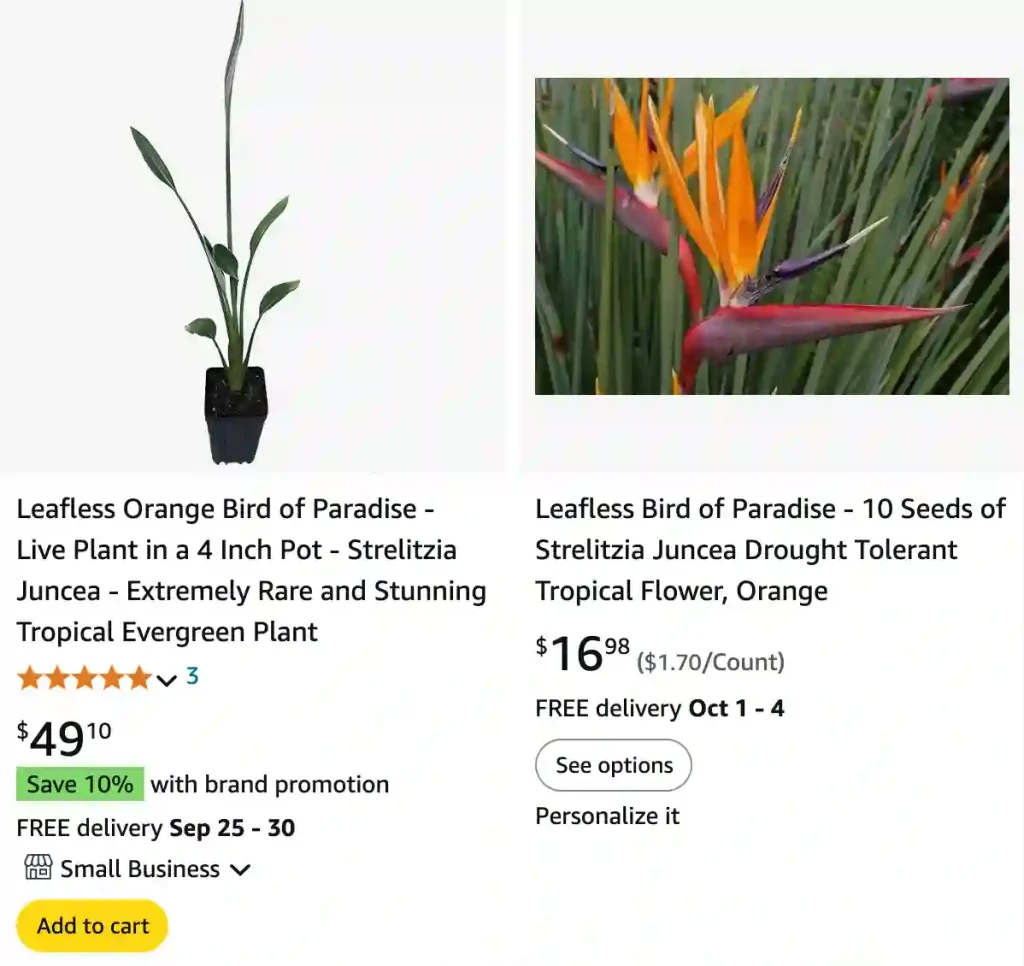
Strelitzia Juncea FAQs: A Complete Guide to Growing and Caring for the Unique Plant
I’ve always been drawn to unusual plants, and Strelitzia Juncea has become one of my favorites. Known for its striking appearance and architectural form, this bird of paradise variety offers a minimalist, yet stunning aesthetic. If you’re curious about this plant or considering adding one to your collection, here’s a comprehensive FAQ guide based on my personal experience with Strelitzia Juncea. Let’s dig in!
5 Species in Genus Strelitzia – Bird of Paradise
What is Strelitzia Juncea?
Strelitzia Juncea is a unique species within the bird of paradise family. Unlike its more famous cousin, Strelitzia Reginae, which features broad, paddle-shaped leaves, Strelitzia Juncea is known for its narrow, reed-like leaves that give it a sleek, modern look. It still produces the iconic bird-like flowers, but the lack of large foliage makes the blooms stand out even more.
The plant is native to South Africa, where it thrives in arid, sun-drenched conditions. Its minimalist appearance makes it an excellent choice for xeriscapes, modern gardens, or as a striking container plant.
How to Care for Strelitzia Juncea?
Caring for Strelitzia Juncea isn’t too difficult, but like any plant, it has its preferences. Here’s how I ensure mine thrive:
Light
Strelitzia Juncea loves bright light. It thrives in full sun and can tolerate some partial shade, but it really prefers as much light as possible. If you’re growing it indoors, make sure to place it near a south or west-facing window.
Watering
This plant is drought-tolerant once established, so avoid overwatering. I water mine deeply, but infrequently, allowing the soil to dry out completely between watering sessions. In the warmer months, it may need watering every week or two, but during the winter, I reduce this significantly.
Soil
A well-draining soil mix is essential for Strelitzia Juncea. I use a mix designed for cacti or succulents to ensure the roots don’t sit in water. If you’re planting it in the ground, ensure your soil has good drainage.
Fertilizing
I feed my Strelitzia Juncea with a balanced, slow-release fertilizer in the spring and summer. Avoid over-fertilizing, as this can cause the plant to grow weak and leggy.
How to Propagate Strelitzia Juncea?
Propagation is a bit tricky with this plant, but it’s not impossible. The easiest method is to divide mature plants. Here’s how I do it:
- Carefully remove the plant from its pot or dig it up from the ground.
- Gently separate the root ball into sections, ensuring each section has some healthy roots and shoots.
- Plant the divisions in well-draining soil, and water lightly.
- Place the newly divided plants in a bright, sunny spot and allow them to establish themselves.
It’s important to note that Strelitzia Juncea is a slow grower, so patience is key when propagating.
Can You Grow Strelitzia Juncea Indoors?
Yes, Strelitzia Juncea can be grown indoors, though it’s best suited for homes with lots of natural light. If you can provide it with direct sunlight for several hours a day, it will thrive. I keep mine near a large, south-facing window, and it seems quite happy. However, be mindful of its size. This plant can grow quite tall, so make sure you have the space for it.
Is Strelitzia Juncea Toxic?
Yes, Strelitzia Juncea is toxic to pets and humans if ingested. The plant contains a compound called tannin, which can cause nausea, vomiting, and other digestive issues. If you have pets or small children, be cautious about where you place the plant.
What Are the Benefits of Strelitzia Juncea?
For me, the primary benefit of Strelitzia Juncea is its unique aesthetic. Its reed-like leaves create a striking, sculptural presence in the garden or as a houseplant. The plant is also relatively low maintenance once established, which makes it a great option for gardeners who want something impressive without constant care.
Additionally, it’s drought-tolerant and can handle poor soil conditions, which makes it a good fit for xeriscaping or regions with water restrictions.
Common Problems with Strelitzia Juncea
While Strelitzia Juncea is generally hardy, it’s not immune to issues. Here are a few common problems I’ve encountered:
- Root rot: This happens if the plant is overwatered or the soil doesn’t drain well. I make sure to let the soil dry out between watering and use a fast-draining mix.
- Leaf yellowing: This can occur from too much water or lack of light. If you see yellowing leaves, check your watering schedule and light conditions.
- Slow growth: Strelitzia Juncea is a slow grower by nature, but if growth seems unusually stunted, it may need more light or nutrients.
How Does Strelitzia Juncea Compare to Other Bird of Paradise Varieties?
Strelitzia Juncea is often compared to its cousin, Strelitzia Reginae, but they are quite different in appearance. Strelitzia Reginae has large, tropical leaves and a more lush look, while Strelitzia Juncea is sleek and minimalist with its thin, reed-like foliage. Both produce the same iconic flowers, but I prefer the modern look of Strelitzia Juncea for contemporary spaces.
If you’re looking for a dramatic, bold plant with minimal care needs, Strelitzia Juncea is a fantastic choice. Whether grown outdoors or indoors, this plant is sure to be a conversation starter.
What to Plant with Strelitzia Juncea?
I like to pair Strelitzia Juncea with other drought-tolerant plants such as agave, aloe, or succulents. Its tall, narrow shape contrasts beautifully with the low, spreading form of many succulents. For a more tropical feel, you could plant it alongside other bird of paradise varieties or palms.
Strelitzia Juncea is one of those plants that’s both easy to care for and visually stunning. Whether you’re a seasoned plant enthusiast or just starting out, I highly recommend giving this unique species a try!
If i die, water my plants!
